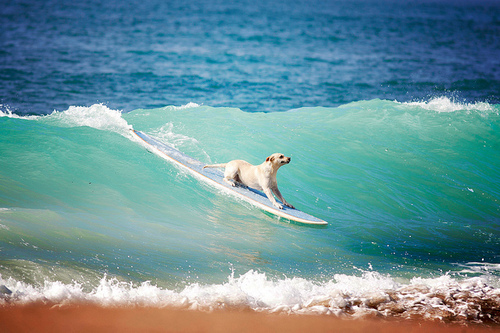
Yo Dog, it's time to go surfing.

Yo Dog, it's time to go surfing.
Many of you have complained about load time and crashes. So I'm currently redishing the look and feel of this blog. Cheers, Joe

What's behind the green?
Cailín dathúil: Adriana Lima

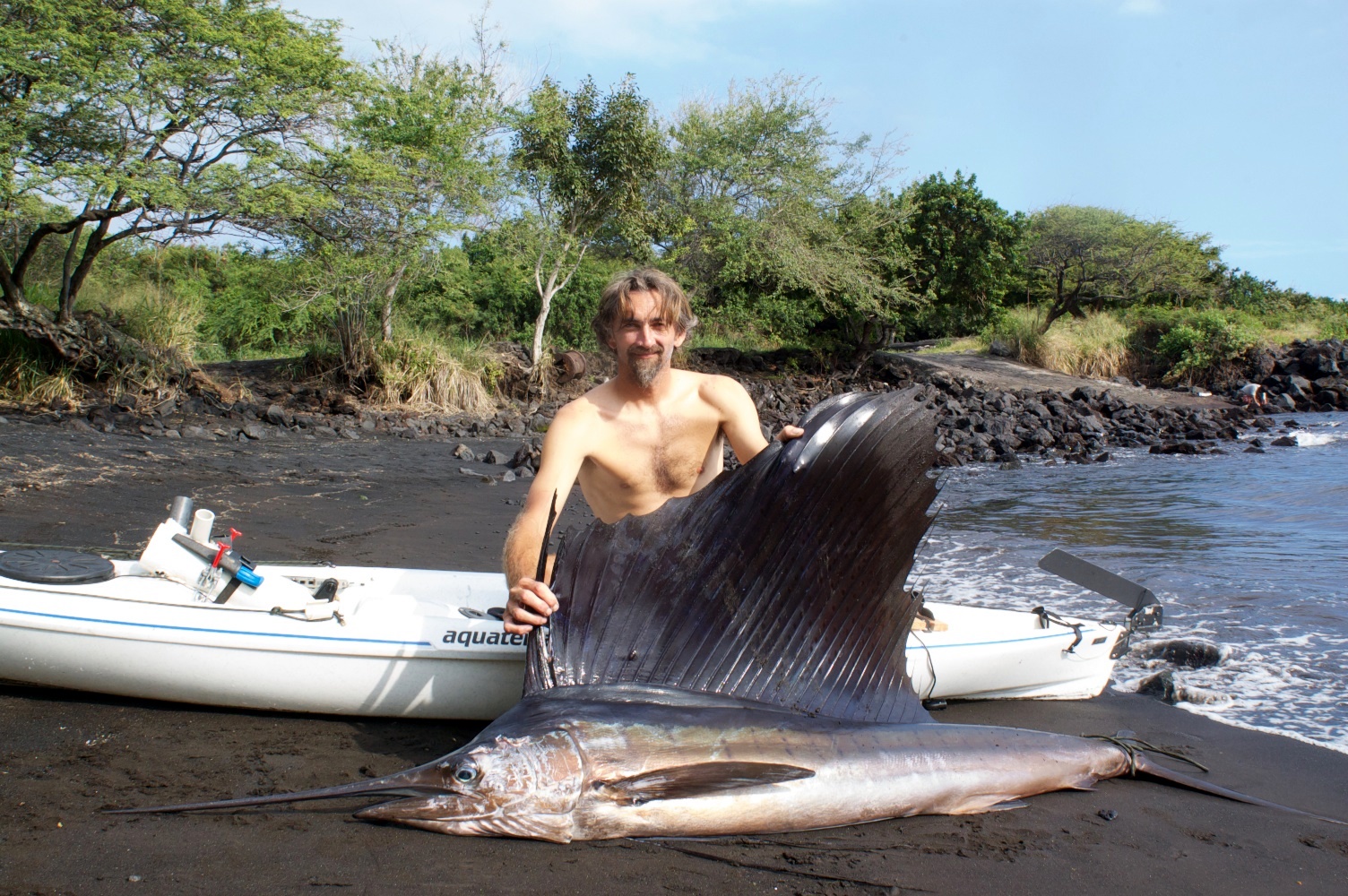
Shawn caught a nice 72lb sailfish from the cockpit of his kayak.
"I think the first thing I remember seeing was the bill, and saying, “What the hell am I going to do now?” I was thinking marlin, and that I was going to die. Then I noticed the sail, and of course assumed sailfish, but having never seen one or ever even had the vaguest idea that I might catch one, I was only guessing. The thing was leaping everywhere, tailwalking across the surface, and whipping that spear around like it was trying to throw it at me."

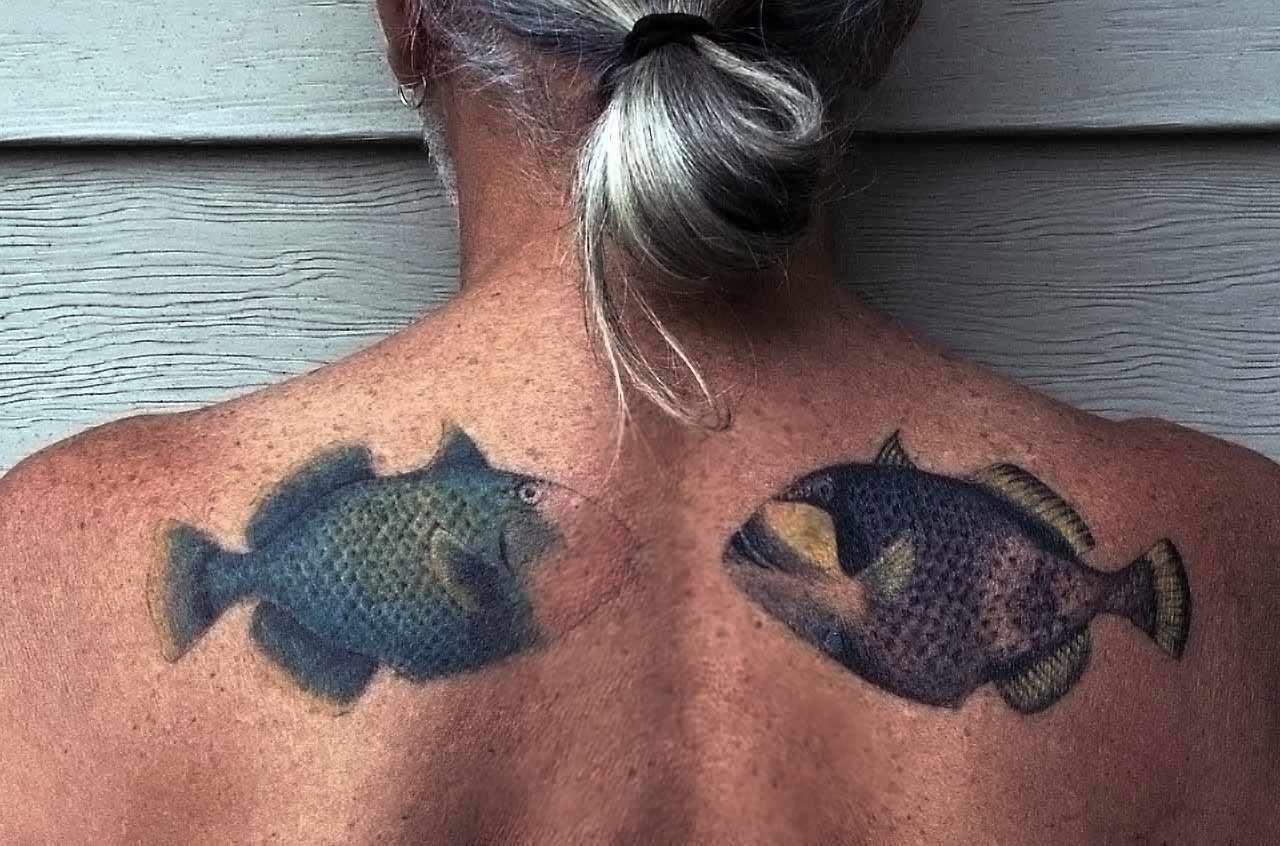
Okay Joe, enough already. We want the meat and potatoes, we want a wahine!

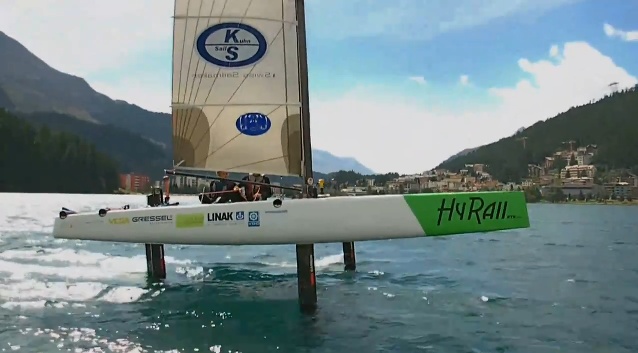
ETH HyRaii Foiling Cat
Our team consists of six students in mechanical engineering in their last year of the bachelor course at ETH, and two students in electrical engineering, one in his last year of the master course at ETH, and one in his last year of the bachelor course at FH Burgdorf.
The hydrofoil principle has been known for about 100 years. It avails itself of the same physical laws as an airplane in the air. The only difference lies in the fact that the wings of a hydrofoil boat are to stay below and not above the waterline to exert effect. The effect is the same in water and in the air. The wing generates a lift force.
However under water the lift force is much more powerful than in the air, which allows even for small wings to lift a whole boat out of water. As the hull loses contact with the water, friction is substantially reduced. Therefore the boat not only gets much faster but also much more energy efficient.
Despite this principle’s huge potential of performance this technology still hasn’t been implemented at all, due to a challenging and persistent problem: When the boat is lifted out of water its centre of mass is lifted as well, which reduces the stability of the boat’s course.
By exerting an active control on the wing profile, similar to the one used in airplanes, we want to ensure a stable and constant course of the boat. Until now there are no comparable active electronic control concepts, but there are some passive, mostly mechanical solutions working quite well. To date the world speed record for wind powered boats has been set by a hydrofoil sailboat steered by a passive control system.
ETH HyRaii Foiling Cat video.
Our goal is to develop and construct a speed optimized sailboat steered by an active electronic control concept and fit to participate in races in pursue of speed records.
Whites Dragons Project
Go fast and fast. Whites Dragons is a Catamaran with hydrofoils. It was designed and created by Edoardo Bianchi and Fabrizio Dragoni.
The cat's out of the bag. There are flying foiling cats in the world. Should the Moths be afraid?
Via Catamaran Racing, News and Design.


You know that hurt.

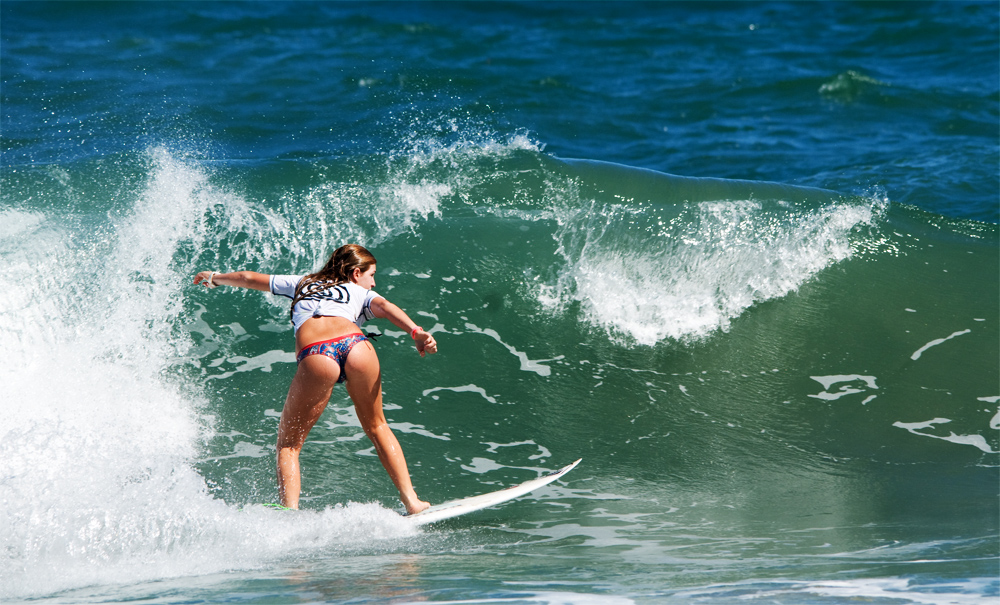
If it's nice where you are this weekend, try and get out onto the water.
Don't let your wife or daughter talk you into seeing "The Black Swan." Usted tiene dolor de cabeza si lo hace. Es casi tan confuso como el frailecillo.

[youtube http://www.youtube.com/watch?v=3-TfZslHKoo?rel=0]

Pobresitos, they're freezing their butts off.
I need a scotch!
Photo from Bas | Video via Mark.

There are more ways to surf than standing on a stick.
If you're lucky, you can surf in with a lovely wahine.
hint to the tillerman, think hawaii....coming soon, part 3.

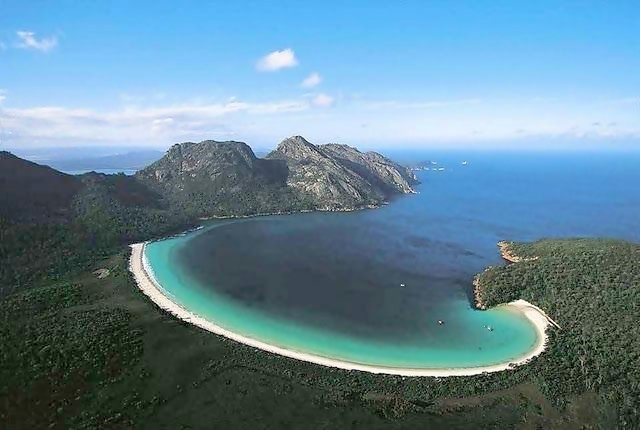
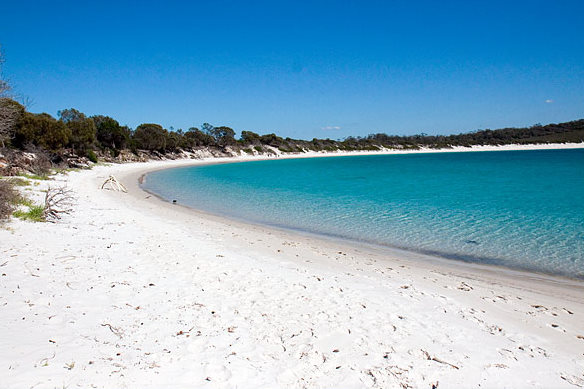
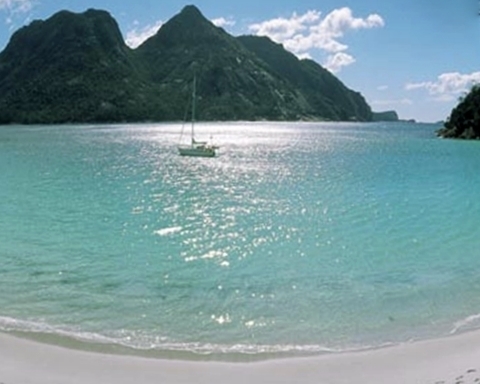
Location: 42.17°S 148.30°E
